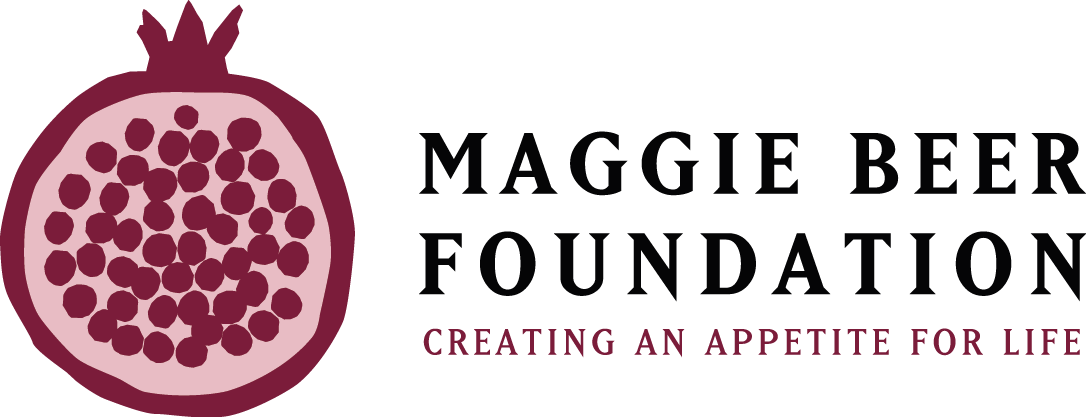As part of the accreditation process Aged Care Homes are required to provide evidence that the menus have been reviewed for nutritional balance. These reviews are often done annually and conducted by an Accredited Practising Dietitian who provides the home with a report regarding the menu including specific areas for making improvements.
So, what exactly do dietitians look for when reviewing an aged care menu? The Dietitians Association of Australia have developed a menu audit tool that provides a template for comparing the menu to the Australian Dietary Guidelines, specifically the nutritional recommendations for older adults. We can use this to identify whether the aged care home is offering residents adequate quantities of the five food groups: fruit; vegetables; lean meat and alternatives; dairy and alternatives; and breads and cereals.
One of the first things we look for in menu design is whether enough variety and choice is being offered to residents. We like to see that residents are being offered two different (hot) options for the main meal and at least one of those should be suitable for residents who require texture modification. With a well-balanced menu, residents should not receive the same main ingredient twice in the same day, or on consecutive days, so they don’t feel like they are receiving the same food too often. The menu itself should be clear and easy to read, dishes should have familiar sounding names and the meals should rotate at least every four weeks to provide adequate variety.
In previous newsletters I have discussed the nutritional requirements of older adults in terms of serving sizes recommended by the Australian Guide to Healthy Eating. The Guide is used by aged care homes because studies have shown that when residents are able to obtain the recommended serves of the five food groups, they are more likely to have a good nutritional status. If you aren’t sure what a serve of dairy or protein rich foods looks like, take a browse through the back issues or visit www.eatforhealth.gov.au.
One of the nutritional priorities for aged care residents is ensuring they receive enough protein throughout the day. Residents should be able to choose 2-2.5 serves of protein rich foods e.g. red meat, chicken, fish, eggs, legumes or tofu) throughout the day. Additionally, 3-4 red meat meals per week should be offered as these are rich in iron and 2-3 fish meals per week as they provide heart healthy omega-3 oils.
Dairy is also high on the nutritional priorities as it is a good source of protein, energy and calcium. Residents should be able to choose 3.5-4 serves a day of full cream dairy foods and, where appropriate, milk should be fortified to provide extra nourishment. Across the menu there should be a variety of dairy desserts offered as well as yoghurt and custard to suit resident preferences.
Grains and cereals provide energy and fibre and are important for maintaining good bowel health. Residents should be able to choose 3-4.5 serves of grain foods per day including a range of high fibre breads and breakfast cereals. We also like to see grains such as pasta and rice being served as an alternative to potatoes at the main meal. Although mashed potatoes are a favourite of most residents, if you are served that every day it can get a bit boring, so we like to see alternatives provided throughout the week.
Residents should be offered a variety of fruits (2 serves a day) and not just the tinned kind, fresh fruit is important! They should also be offered 5 serves of veggies throughout the day. This can be difficult to achieve even for those of us living at home so we look for ways that intake can be maximised, such as adding extra vegetables to soup. Lastly, at the main meal, two different types of vegetables should be offered in addition to a starchy vegetable (e.g. potato).
It is important to note that the home is only required to make these choices available to residents, it cannot force residents to make certain choices regarding the menu. However, if the menu contains adequate variety of delicious meals for residents to choose from, this provides them with ample opportunity to obtain adequate nutrition and hydration.


